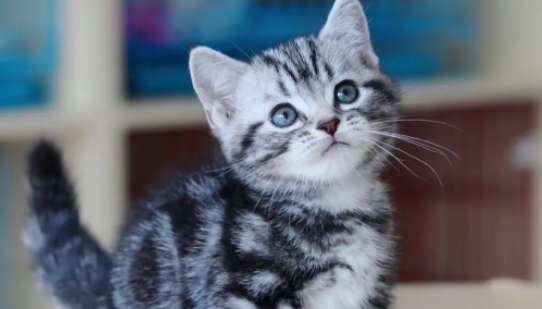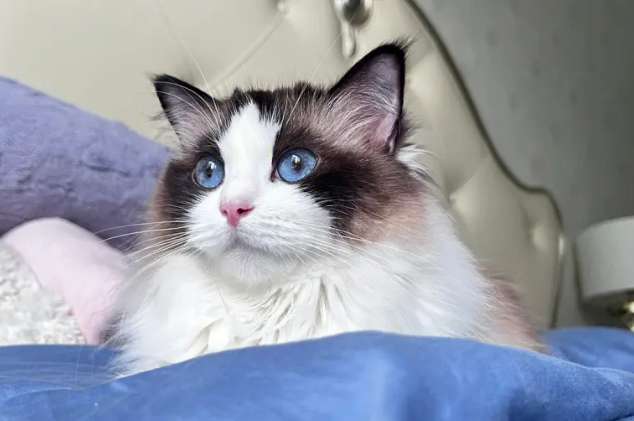In addition to looking a bit similar to Siamese cats, Ragdoll cats also have some special similarities in physical characteristics. That is, all Ragdolls must first be a key color cat with Siamese key color genes. Part of the color development principle of even dark colors is the same as that of Siamese. Ragdoll cats have a tyrosinase (synthesized under the TYR gene) related to the synthesis and deposition of pigments, which will become unstable at high temperatures and even Doesn't work.

So, the skin temperature of Ragdoll cats In lower parts (such as limbs, tail, face, etc.), tyrosinase is active, and the coat color is darker. In places with higher body temperature (such as the back), tyrosinase activity is limited, and the coat color is lighter. This leads to the reason why when we shave our dolls when the weather is cold, the new hair will become darker and darker, and the hair color will not change back to its original color as the temperature rises.
Secondly, according to the descriptions of bicolor by various Ragdoll cat associations, it can be considered that the color of the face and ears of a bicolor Ragdoll will be visible to the naked eye darker than the color of the body. For example, if the blue bicolor grows up, the back may be close to The caramel color with a blue background will generally have a change visible to the naked eye.

But owners don't have to worry about the white color of their homes. A ragdoll cat will turn into a black ragdoll cat when its hair is shaved. The white part of the ragdoll cat's body is affected by another white patch gene that is dominant over the key color gene. When the mother is born, the white area is destined to only show white. , the white part still grows out white after shaving.





